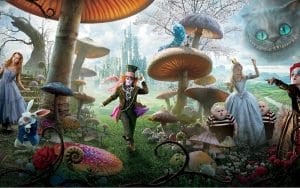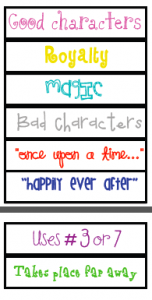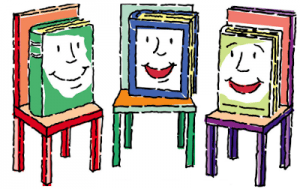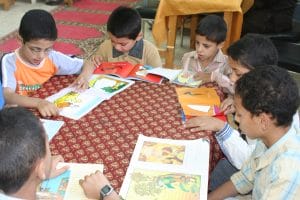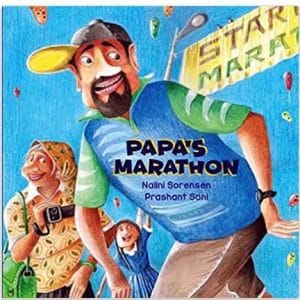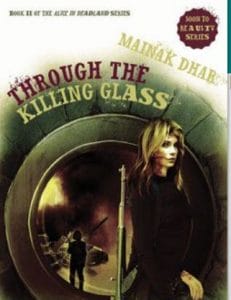A book club for primary school students is about building community and a lifelong love of stories. Start small, let student voices guide the journey. Nurturing a love for reading in children is more important than ever today in a digital world. A well-run book club can be a powerful way to inspire young readers. Here is a blog post on how to run a book club with middle school students.
Step 1: Define Your Purpose and Age Group
Before launching, clarify your goals. Questions to ask yourself: Is it to promote reading for pleasure? Explore specific genres or themes? Support curriculum links or social-emotional learning?
Next, choose your age range carefully—reading levels and developmental needs vary widely between a Grade 2 to 5. A focus group will help tailor book choices and discussions more effectively.
Step 2: Select a Format That Works
Decide how often the group will meet—weekly, biweekly, or monthly. For younger students, shorter, more frequent meetings work better. Consider the format: will it be in person, virtual, or hybrid? During or after school? Will students read the book beforehand or read together?
Create a consistent structure for the book club. A typical session might include:
- A brief recap of the story so far (if it is a long book)
- Open-ended questions or discussion prompts
- A creative response (e.g., drawing, acting out scenes, making a new book cover)
Library Classes & Book club
Book Clubs are hard to run during the Library Class without any help. Therefore, reaching out to people to help out with group clubs would help a successful book club. Often, tying up with classroom teachers would help the discussion and nurture a love for reading.
Step 3: Choose the Right Books
Book selection is everything. Aim for diverse, age-appropriate titles that offer strong characters, rich themes, and room for discussion. Rotate genres—mystery, fantasy, realistic fiction, graphic novels—to appeal to different interests. Involve students in choosing books to build ownership and motivation.
Step 4: Make It Interactive and Include Children’s Choice
Young readers thrive on engagement. Use Harvard – Project Zero: visible thinking routines like I See, I Think, I Wonder, Connect – Extend – Challenge, or Circle of Viewpoints to spark thoughtful conversations. Add hands-on activities such as:
- Book-inspired art or crafts
- Journals with reflections or reviews
- Character interviews or role-play
- Connections to SDGs, learner profile attributes, or classroom units of inquiry
Encourage all voices by using talking sticks, turn-and-talk partners, or small group sharing before full group discussion. Celebrate varied contributions—reading aloud, illustrating ideas, or even making predictions.
Step 5: Keep It Simple
Start small. A pilot club with 6–10 students is ideal. Once the model works, consider expanding or creating multiple groups. Involve parents and colleagues for support—some may be keen to co-host or sponsor snacks and materials.
End each term or unit with a “Book Celebration”—where students present their favorite book moments, display their work, or recommend future titles. These moments help build a reading culture that lasts beyond the club.
Open-Ended Questions for Primary Book Clubs
Understanding Characters and Choices
- Why do you think the character made that choice? Would you have done the same?
- How did the character change from the beginning to the end of the story?
- What would you say to the main character if you could meet them?
Exploring Themes and Emotions
- What message do you think the author is trying to share?
- Which part of the story made you feel something strongly? Why?
- What did this story make you think about in your own life?
Making Connections
- Does this story remind you of something you’ve seen, read, or experienced?
- How is the world in the book similar to or different from where you live?
- Have you ever felt like one of the characters? What happened?
Imagination and Creativity
- If you could add a new character or chapter, what would happen?
- What would the story be like from another character’s point of view?
- Can you think of a different ending? What would change?
Personal Reflection
– What did you learn from this story?
– Did this book change your mind about anything?
– Would you recommend this book to someone else? Why or why not?
An Example: Bonkers by Natasha Sharma
Short Summary: Bonkers! is a laugh-out-loud story about Armaan, whose life turns upside down when his family adopts a big, goofy dog named Bonkers. Chaos follows wherever Bonkers goes—whether it’s at home, school, or a fancy hotel! Through all the misadventures, the story explores friendship, responsibility, and how love sometimes looks a little… bonk
Discussion Questions
Understanding Characters & Choices
- What kind of boy is Armaan? How do we know?
- How did Bonkers change the way Armaan’s family behaved?
- What would you do if Bonkers were your dog?
Reflecting on Themes
- What do you think this book says about families?
- How do you know when a pet becomes part of a family?
- What does “being responsible” look like in the story? Do you think Armaan is responsible?
Humour & Imagination
- What was the funniest moment in the book for you? Why?
- If you had to give Bonkers another name, what would it be and why?
- Imagine this story as a movie. Who would play Bonkers? What scenes would you include?
Personal Connections
- Have you ever had a moment when everything felt “bonkers”? What happened?
- What would you tell Armaan if you met him after the story ended?
Creative Activities
- Bonkers’ Point of View
Write a diary entry from Bonkers’ perspective about one of his wild adventures. How does he feel? What does he think humans are doing?
- Design a “Bonkers-Proof” House
In teams, draw a floor plan or 3D model of a house that could survive Bonkers. Label “safe zones” and “disaster areas.” Explain your design to the group.
- Character Interview Skit
In pairs, one person pretends to be a news reporter, and the other is Armaan (or Bonkers!). Role-play a short interview after the hotel incident.
- Story Extension Comic Strip
Create a comic showing what happens next. What new mischief could Bonkers get into?

